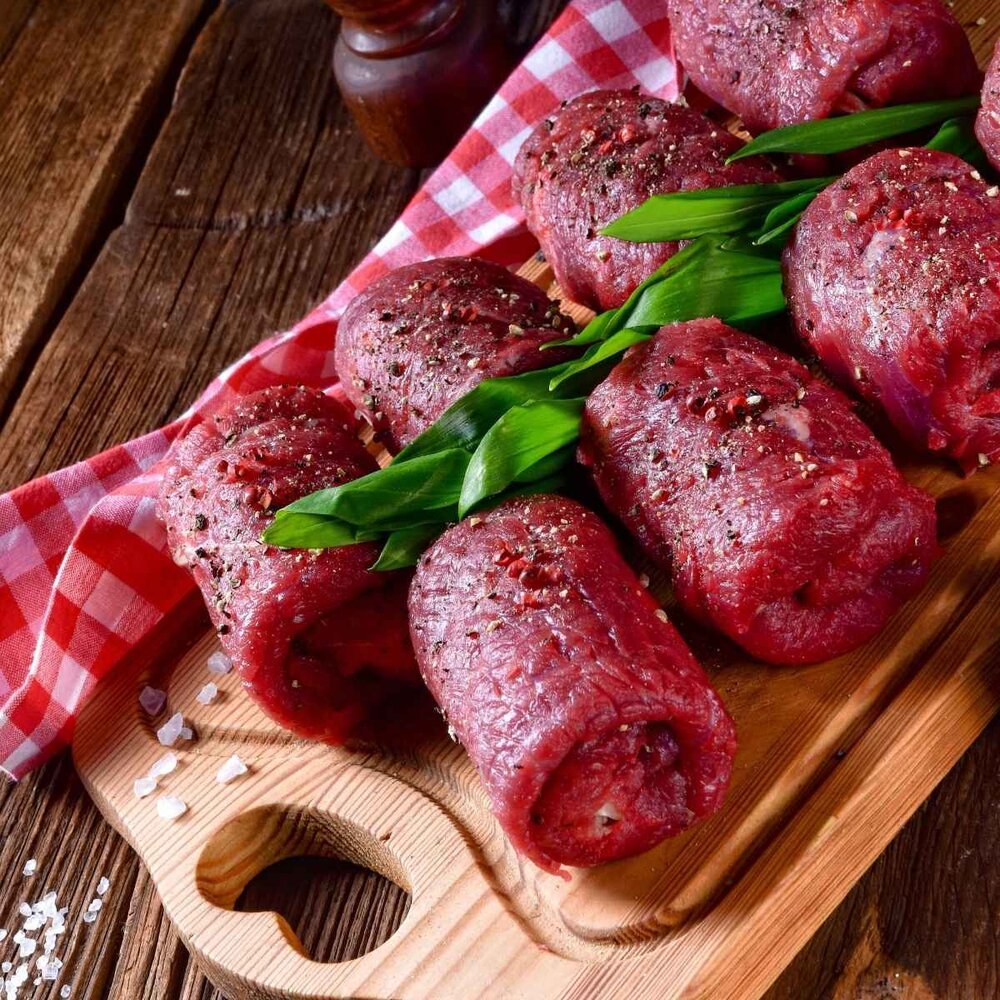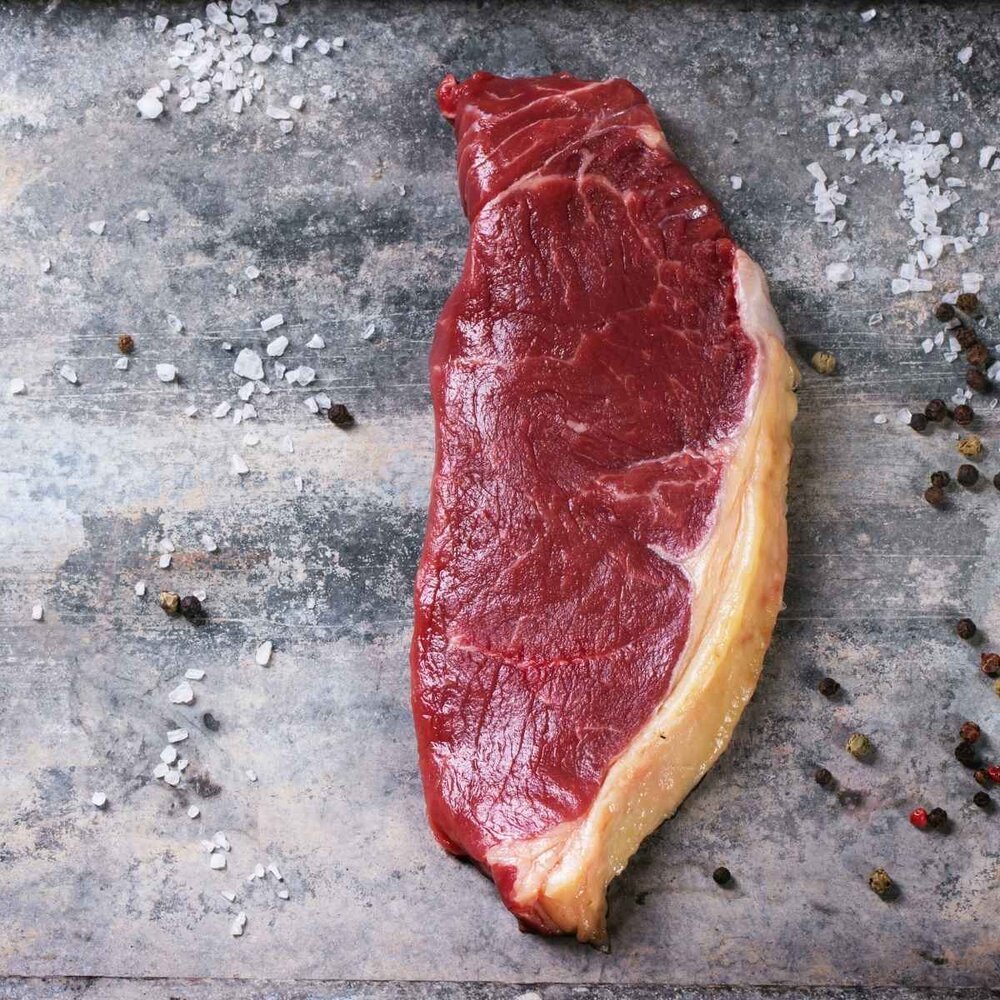How to Choose Stock Photos for Your Farm Products
High-quality product photography is sometimes the only difference between your farm making or losing a sale. One survey conducted by Weebly found that a whopping 75% of consumers rate product photos as very influential when they’re deciding whether to buy a product online. But most farms don’t have an in-house photographer, and many more don’t have it in their budget to hire a professional. For these farms, stock product photography can be an affordable alternative.
Now, stock photos often get a bad rap for being cheesy and inauthentic, but the right ones can take your farm’s e-commerce store to the level while staying true to your brand identity. In this post, we’ll share information on where your farm can look for high-quality stock photos, how to choose the right ones, and what to do next. (If you’re working with us to update your product photos, jump ahead.)
Where can you find stock photos for your farm products?
There are a number of resources for finding stock product photography, but it’s essential that you only use photos you have a license for. This means downloading from free stock photography sites that don’t require licensing or, if your budget permits, licensing stock product photos from paid sites (which generally have more varied and high-quality photo collections).
Using Google or other search engines to source product photos is risky—some images won’t require a license, but most will. It’s not okay to download photos without license or written permission. Try one of the free resources below instead.
Free resources
Three of our favorite free resources for stunning stock photos are Unsplash, Pexels, and Pixabay. You can use images from these sites as-is or edit them as much as you like. Now, free stock photo sites can be incredibly helpful, but they lack variety. If your farm sells CSA boxes of fruits and veggies, this might not be a problem, but for farms with very specific product needs (for example, a ranch that needs product photos for various cuts of meat), a paid stock photo resource is likely a better option.
Paid resources
For farms with very specific product photo needs or large product catalogs, we recommend Adobe Stock or Kim Hitzfield Photography. Adobe has one of the largest collections of stock photos on the web, and Kim Hitzfield’s work is tailored to farms, with categories for beef, pork, poultry, lamb, dairy, eggs, seafood, and even bison! The advantage of using these websites is that you can likely find all the cuts you need, and you can achieve some visual consistency.
Here are just a few of the stock product photos available in the “Pork” category of Kim Hitzfield Photography.
How do you choose the right stock photos?
Select photos that are consistent with each other and with the look of your website. Here are a few things to consider:
Lighting: Photos should be well-lit with crisp details. Yes, there are poorly-lit, low-quality images on some stock photography sites!
Background: Wood, slate, cloth, granite—any background is fine, as long as it’s reasonably simple and feels like a good fit for your farm website and brand.
Dimensions: Consider how photos will look in your e-commerce store. Will all your product photos be square, horizontal, or vertical? Keep these dimensions in mind as your browse. Some photos look good in one format but not another. (You can also follow our guide to cropping and optimizing photos so that you can give all photos consistent proportions before you upload.)
Content: For meat products, we recommend choosing raw photos, since the product the customer receives is raw.
Camera angle: Choosing a consistent camera angle (e.g. overhead vs. 45°) for all photos can help make up for other inconsistencies.
BAD STOCK PHOTO: The colors are too red (indicating this picture has filters applied), and the angle is jarring and unnatural.
BAD STOCK PHOTO: If there’s a watermark, it’s probably because you’re not supposed to use it without licensing it! Likewise, that gray checkerboard is there to let the buyer know they’ll get a transparent background when they purchase the photo.
BAD STOCK PHOTO: Have you ever seen a chicken floating in mid-air in your kitchen? Avoid cut out images (known as “isolated”).
GOOD STOCK PHOTO: The color looks natural, the image quality is good, the background is simple, and the entire product is visible, so customers will know exactly what to expect.
You’ll also want to consider ensuring photos are “on brand” for your farm. Let’s imagine a farm. We’ll call it “Dark Horse Ranch.” Their logo is modern and geometric and their website is full of original photos that show their pastures shrouded in fog, cattle grazing under moody skies… can you picture it? Now, imagine you navigate to their online store and all their product photos are on a white table with a bright turquoise tablecloth. A little jarring, right? That’s why on-brand photos are so important. They ensure a familiar and consistent user experience.
How to Choose Consistent Photos on Adobe Stock
Here’s the process our farm clients use:
Go to stock.adobe.com and create a free account.
Start searching! Use the filter icon on the left to narrow down to photos only.
As you find photos you like, use the heart to add them to your library. If you can’t choose between two photos for a given cut, save them both. If you’re torn between two or more different styles, try creating a library for each:
You can create libraries and save photos for free. Click the little blue manage link after saving a photo. Name a library for each style. For instance, you could have one library called wood backgrounds and another called black backgrounds.
Then as you save each photo, be sure to save it in to the appropriate library.
After you’ve built up two or more libraries, navigate to them and take a look — is there one style you prefer over another, or maybe one style that you found a lot more cut options for? Now it’s a lot easier to pick a style and start narrowing down your choices.
If you’re working with Grapevine…
All you have to do is send us your choices. Copy and paste the links into an email or a Google Doc alongside the name of the cut you’d like to use it for in your store (when applicable). We’ll license the photos, resize and optimize them, and upload them for each product on the website (per the photo budget reflected in your website quote).
See the share icon circled in green on Kim Hitzfield Photography. Be sure to use that icon to get a working link!
Here’s how to grab the links…
Adobe Stock: Click on each photo, then copy the URL from the address bar.
Kim Hitzfield Photography: Click the photo and choose the share icon (scroll down for a screenshot) to get the direct link (don’t copy + paste the URL from the browser — it won’t work).
If you’re going the DIY route…
You’ve found the perfect stock photos for your farm’s entire product catalog. Now what?
Once you’ve found your photos, you’ll need to license them (if paid) and download your image files, but your work still isn’t done. Next, you’ll need to optimize your photos (so they aren’t so large they slow down your site) and crop them to the right size. Check out our comprehensive guide to optimizing your photos for easy-to-follow instructions.
Questions? Ready to get started?
The right stock product photos will help your farm’s e-commerce store convert more browsers into buyers without the cost of hiring a professional photographer. If you’d like help finding, optimizing, and uploading the perfect stock photos to showcase your farm’s delicious products, we’re here to help! Contact us today.
















